
Sand Flea, also known as Sandfly are species of, blood-sucking Dipteran, usually found in sandy areas. These tiny midgets may leave large red itchy bumps that often turn into an inflamed painful rash. They are more severe than simple mosquito bites, itching more severely and tending to last longer.
Sand Flea Bites
There are many various types of sand fleas but in all of the different sources females are responsible for biting and sucking the blood. The reason behind this phenomenon is that a female sand flea needs proteins from mammal blood to make her eggs and continuing with the reproductive circle. When a female sand flea bites the skin, it releases saliva containing an anti-coagulant. This compound makes it easier for sand flea to suck the blood out, but it also triggers the body’s immune response causing redness and localized inflammation.
Sand fleas typically inhabit cracks in walls or parts of homes made of sand or mud. Sand flies are usually most active at sunrise and sunset. The reaction to the bite is usually very unpleasant and tends to linger on for a couple of days, but what is even more worrying is that sand fleas may transmit Chandipura virus, which is associated with an encephalitic illness in humans. The most recent outbreak of this disease was in 2010 in India, when it killed 17 people in various districts.
Prevention of Sand Flea
To this very day, the most effective way to prevent sand fleas is to use high concentration of DEET. DEET is yellowish oil commonly used as an insect repellent. This oil is typically applied directly on the skin or on clothing, and therefore it isn’t suitable for certain groups of people, including those who have sensitive skin. DEET is a short name for N,N-Diethyl-meta-toluamide, and it works by blocking insect olfactory receptors for a volatile substance that is contained in human sweat and breath. In other words, if someone uses DEET on skin, insects will fail to detect presence of humans and other warm-blooded animals. However, recent studies have found that DEET doesn’t affect insect’s ability to smell carbon dioxide. Therefore, it simply won’t work for some insects.
There are also many natural alternatives to DEET. Historically, people have used orange peel, citrus juice or different kinds of oils as sand flea repellents. Most commonly used oils are eucalyptus oil, coconut oil, avocado oil or simple baby oil mixed with Dettol. Vinegar or any product containing high concentration of vitamin B (such as Marmite, Promite, or Vegemite) is also effective in prevention.


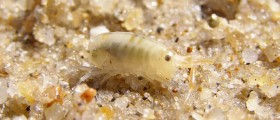
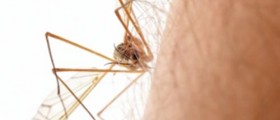

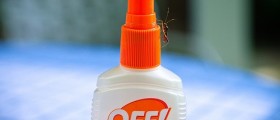
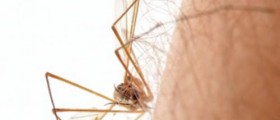
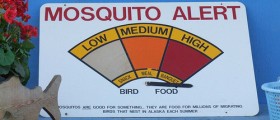
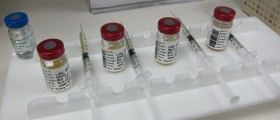


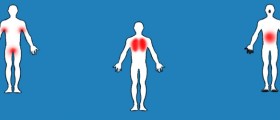

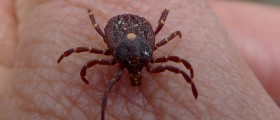
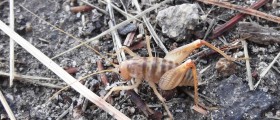


Your thoughts on this
Loading...